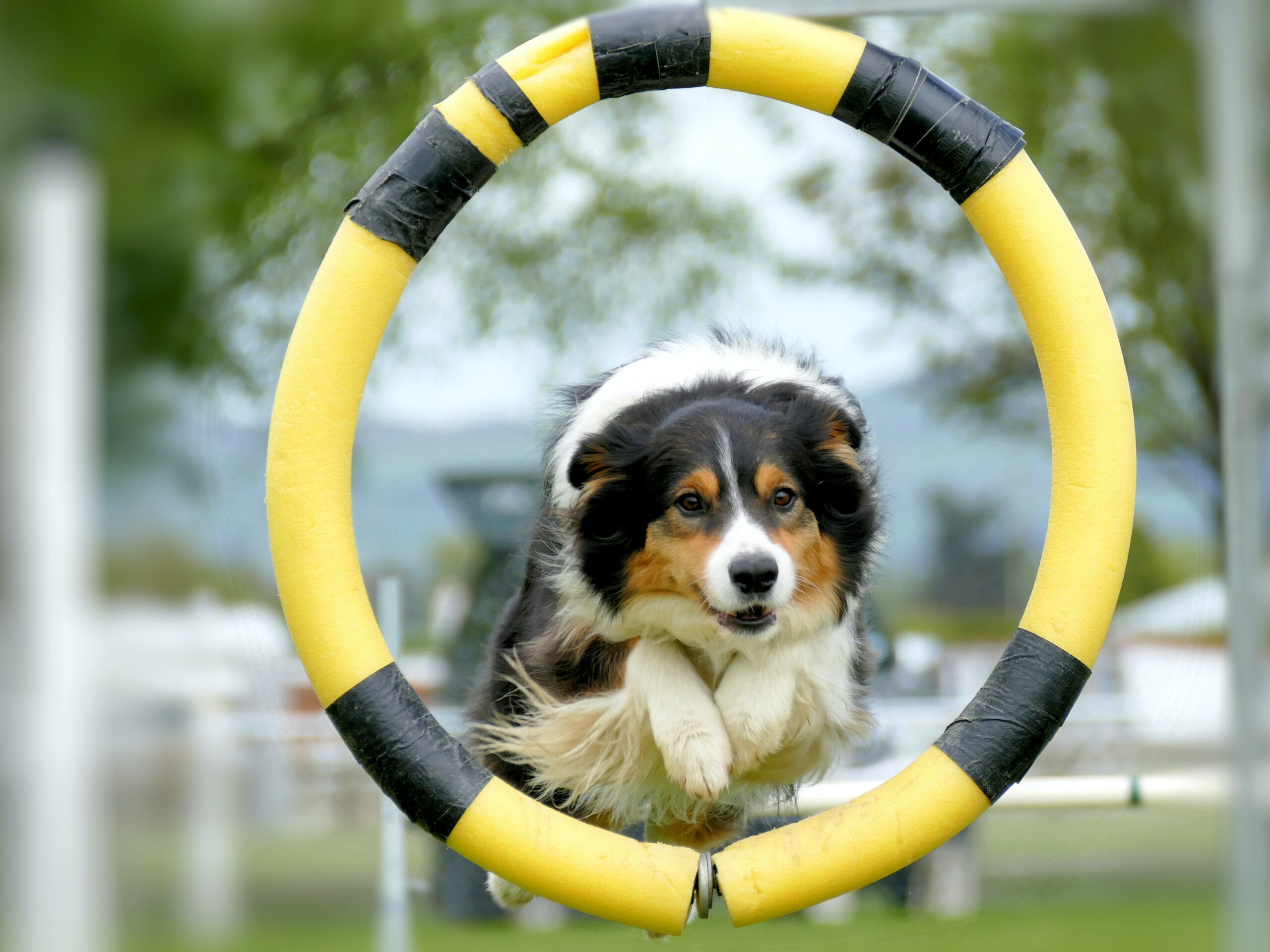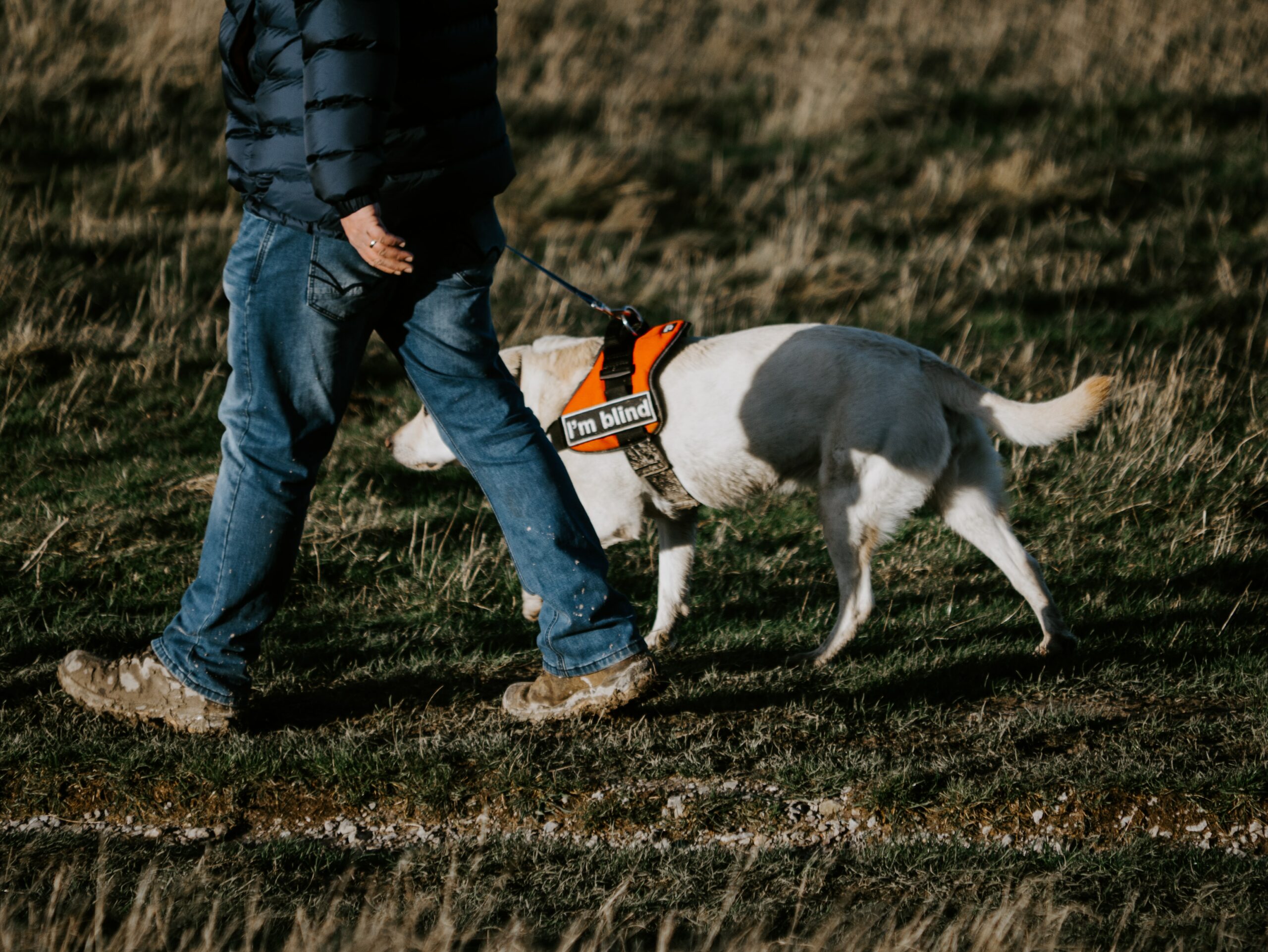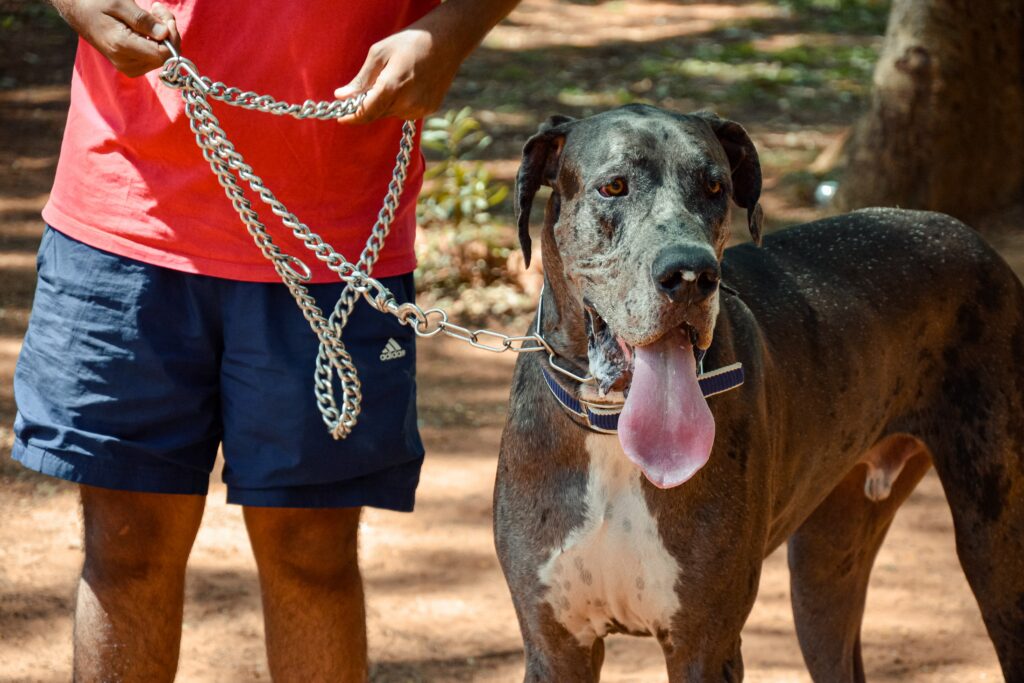Dogs have been man’s best friend for centuries, and there’s no denying the special bond between them and their owners. But even the best of friends can sometimes have disagreements – like when your dog starts to pull on the leash during a walk. If you’re a dog owner, you know that there are a lot of different products on the market to help you train your furry friend.
From chew toys to bones to dog food, there are endless options to choose from. But what about collars? While many different types of collars are available, two of the most popular ones are harness vs prong collars. So, which is better? Let’s look at the pros and cons of each type of collar to find out.
Harnesses
A dog harness is a piece of equipment used to restrain or assist a dog. The most common type of dog harness is the collar and leash, designed to keep a dog close to its owner while walking or running. However, there are also harnesses specifically designed for activities such as sledding, Agility training, or even police work.
In addition, some harnesses are equipped with unique features, such as reflective strips or built-in storage pockets. Regardless of their specific purpose, all dog harnesses share one key feature: they provide a way to keep dogs safe and under control while allowing them the freedom to move and explore their surroundings.

Prong Collar For Dogs: Everything You Need To Know
Prong collars have metal prongs that point inwards towards the dog’s neck. These prongs are also known as “teeth.” The prong collar is designed to give the dog an uncomfortable sensation whenever he pulls on the leash. This sensation is meant to deter the dog from pulling and behave better on walks.
How Do Prong Collars Work?
Prong collars work by training the dog through a form of negative reinforcement. Every time the dog pulls on the leash attached, he feels an uncomfortable sensation around his neck. After enough times of experiencing this sensation, the dog will begin to associate pulling with the discomfort and will eventually stop pulling altogether.
The prong collar must be fitted properly for it to work correctly and not cause any harm to the dog. The metal prongs should sit right behind the dog’s ear like a horseshoe, and they should only be tightened enough so that they can rotate slightly around the neck. If the prongs are too loose, they will not be effective in deterring the dog from pulling. On the other hand, if they’re too tight, they will cause pain and potentially injure the dog.
Are Prong Collars Safe?
When appropriately used, prong collars are safe for dogs. However, if they’re not correctly fitted or misused, they can cause pain and even injury to the dog. That’s why it’s important to only use prong collars under the supervision of a qualified trainer or behaviorist.
When using a prong collar, it’s important to start with short training sessions and gradually increase the duration over time. The key is to find the right balance between providing enough correction to change the behavior without causing pain or discomfort to the dog. If you’re unsure how to use a prong collar properly, it’s best to consult a professional trainer who can help you determine if this training tool is right for your dog.
Read More: Do It Yourself: Cat Harness
Harnesses Pros
1. Distributes weight evenly across the chest, which is more comfortable for dogs.
2. Reduces risk of neck and trachea injuries.
3. Less likely to slip off than collars.
4. Gives owners more control over strong or excitable dogs.
5. It Can be used as a training aid for dogs that pull on leashes.
6. Some types can be attached to seatbelts making car travel safer for dogs.
7. Fashionable and come in a variety of styles and colors.
8. Often have accessory options like reflective strips or built-in led lights for nighttime walks.
9. Many harnesses are adjustable, allowing them to be used as your dog grows.
10. Some harnesses offer front and back leash attachment points giving owners, even more, control over their dogs while walking or hiking.

Harnesses Cons
- If not fitted properly, they can rub and chafe your dog’s skin causing discomfort or sores.
- It requires some time and patience to put on compared to collars.
- It may not stay in place on very active dogs if not fitted correctly.
- Dogs may be able to back out of some types of harnesses.
- It can put pressure on the wrong area of a dog’s chest if not fitted properly, which can cause coughing or gagging.
- Not all harnesses are created equal, so it is important to do your research before purchasing one. You may need to buy multiple sizes as your puppy grows into adulthood since most harnesses are not adjustable.
Read More: 5 Easy Diy Cat Harness Ideas
Prong Collars Pros
- It can be an effective training tool when used correctly.
- It helps owners gain control over strong or excitable dogs.
- It may help redirect a dog’s attention back to its owner during walks.
- A well-made prong collar should not cause pain or injury when used correctly.
- Some prong collars have removable links that allow you to adjust the collar size as needed.
Prong Collar Cons
- It can cause pain or injury if misused.
- It may worsen behavior problems if used incorrectly.
- Some people believe they are inhumane.
- Dogs may associate the pain with their owner instead of their behavior if misused.
- It requires proper fitting by a professional for it to work correctly and safely.
- You’ll need to purchase multiple sizes as your puppy grows since most prong collars are not adjustable.
- It can rust if left outdoors in wet weather.
Read More: Martingale Collar Vs Harness: Differences Explained
What Are Other Options Except Prone Collar Or Harness
Head Halter
Dog head halters are an innovative way to help owners train and walk their dogs. They work by placing a dog’s head in a special harness attached to a leash. This gives the owner more control over the dog’s movements and can also help prevent the dog from pulling on the leash.
Martingale Collar
A head martingale collar is a type of dog collar that helps to prevent your dog from slipping out or getting away. It works by having a loop that goes around the back of the neck and another loop that goes over the head. A strap or chain connects the two loops. When the collar is tightened, it will tighten the loops and prevent the dog from escaping.
Choke Collars
A choke collar is a type of collar that is used to help train dogs. It is sometimes called a check chain, slip chain, or training collar. The collar tightens around the dog’s neck when it pulls on its leash. This provides a gentle correction that helps the dog to understand that it should not be pulling.
Read More: What Is The Best Harness For A Small Cat?

FAQs
Is A Prong Collar Good For Training?
A prong collar is effective in training because it signals the dog that he is doing something wrong. Using it correctly will help your dog learn the desired behaviors quickly. However, using a prong collar correctly and only when necessary is important.
What Is Loose Leash Walking?
Loose leash walking is the practice of keeping your dog’s leash slack instead of keeping a tight grip on it. By maintaining a loose leash, you will allow your dog more freedom to explore its surroundings, and you will be able to monitor his behavior better. Also, loose leash walking can help prevent your dog from pulling on the leash, which can harm his neck and spine.
Is It Better To Train A Puppy With A Collar Or Harness?
When you use a collar to train your puppy, you’re putting all the pressure on his delicate neck. This can cause choking, gagging, and other health problems. A harness distributes the pressure evenly across the dog’s body, so it’s much safer and more comfortable for your pup.
Conclusion
Both harnesses and prong collars have pros and cons, so it’s important to choose the right type of collar based on your dog’s individual needs and temperament…If you’re concerned about causing pain or injury to your dog, opt for a collar instead…If you’re struggling with teaching your dog basic obedience commands or walking manners, ask your veterinarian or professional dog trainer about using a prong collar under their guidance.
Remember, regardless of which type of collar you choose; it’s important that it fits correctly and is appropriately used to be effective and safe!
Read More: What Is The Best Cat Harness And Lead?












